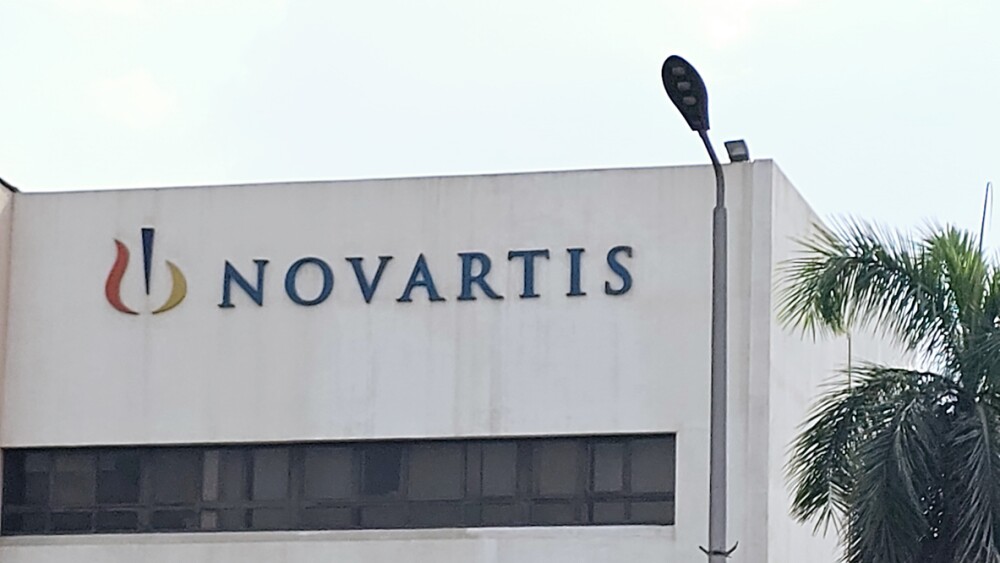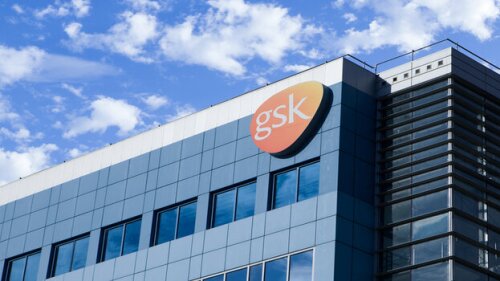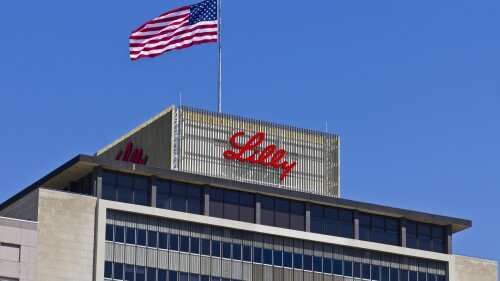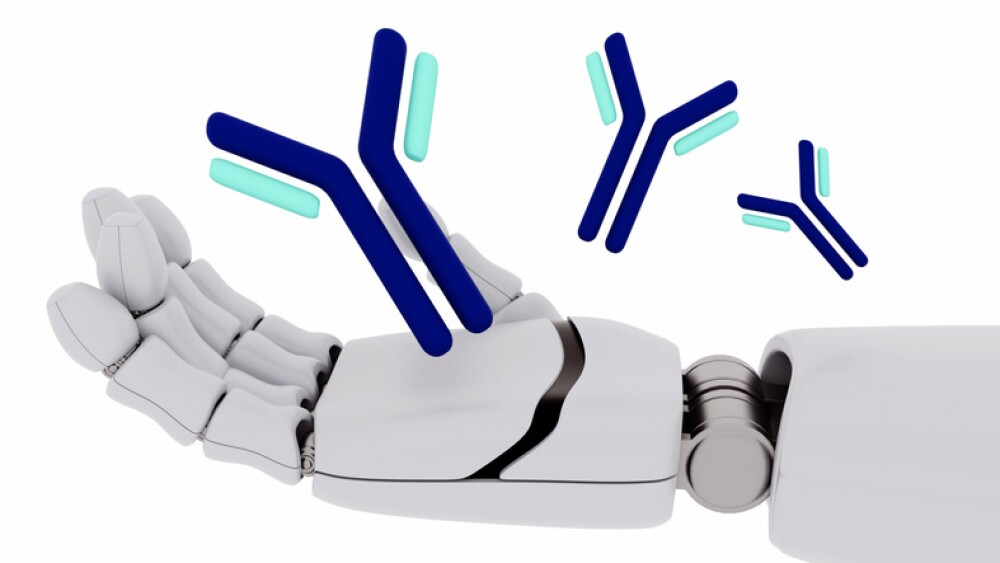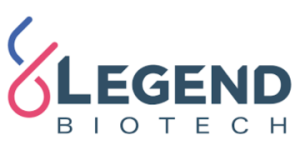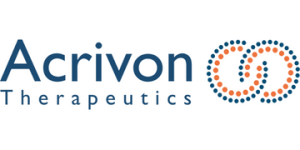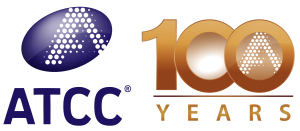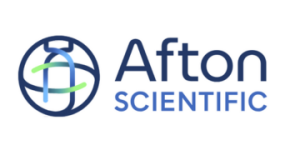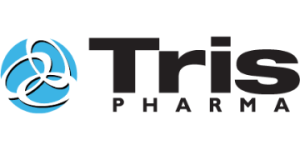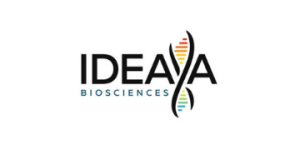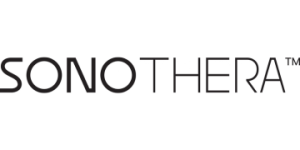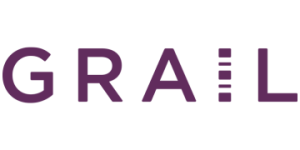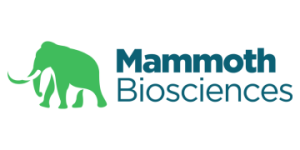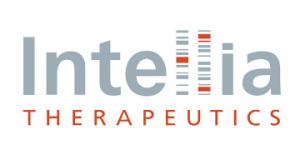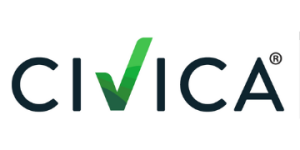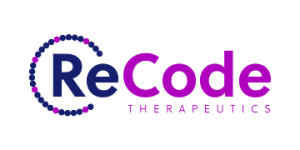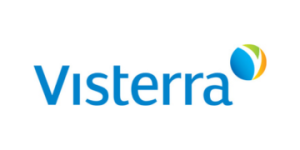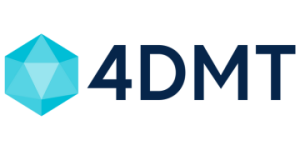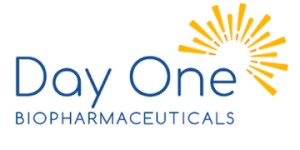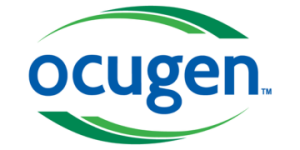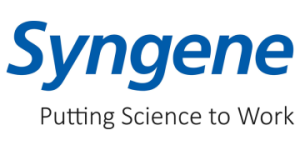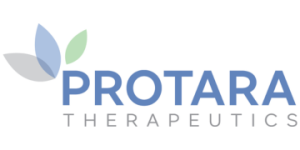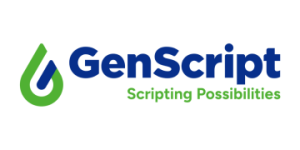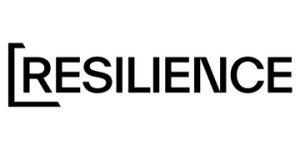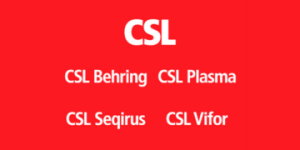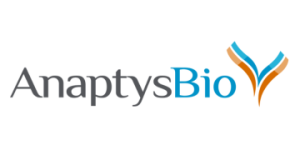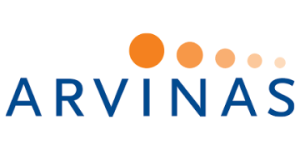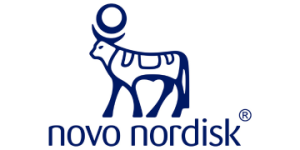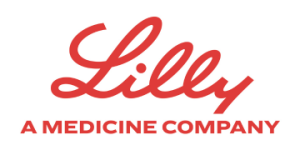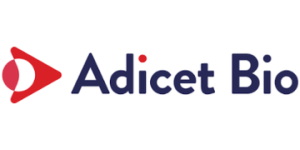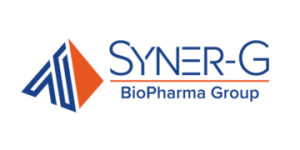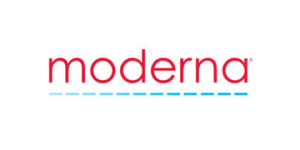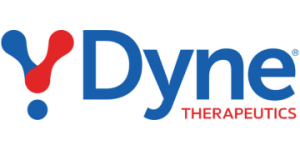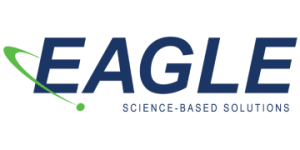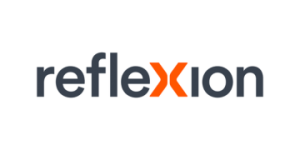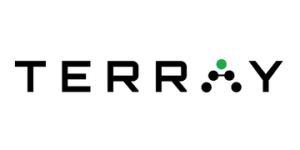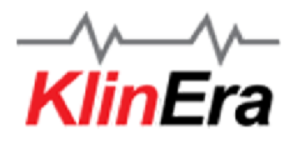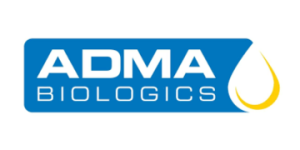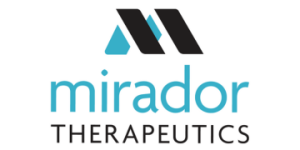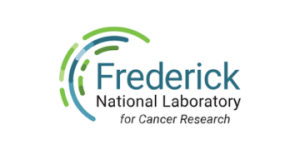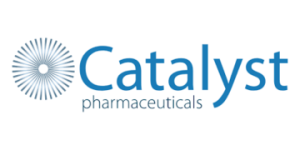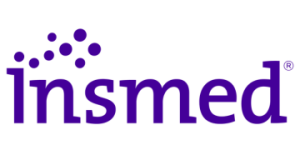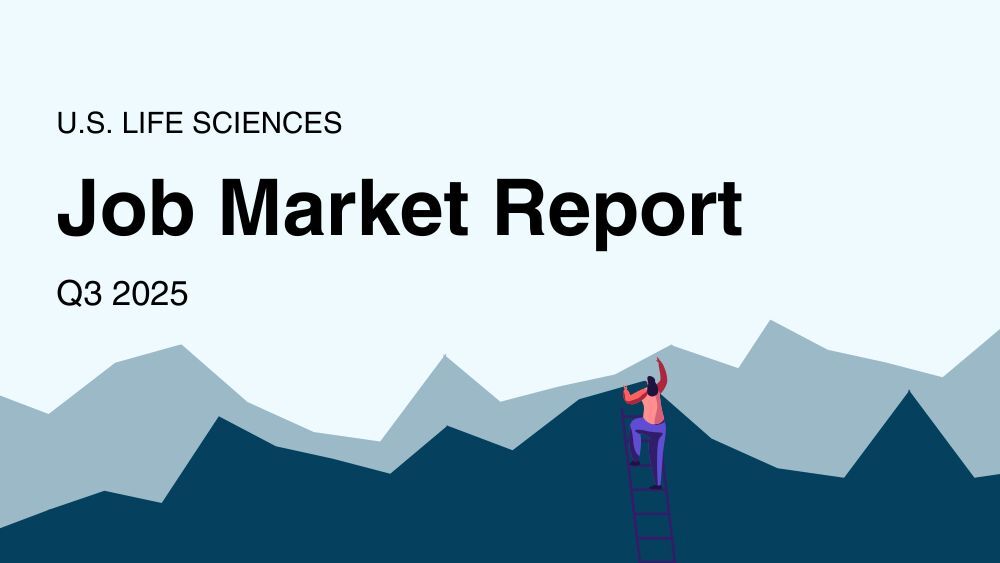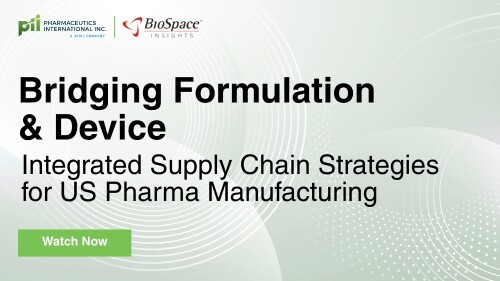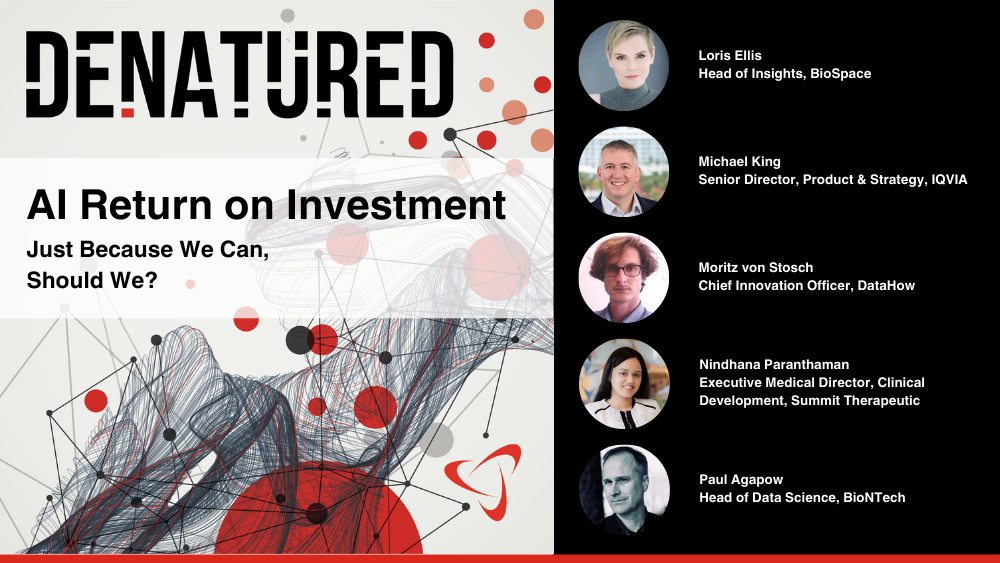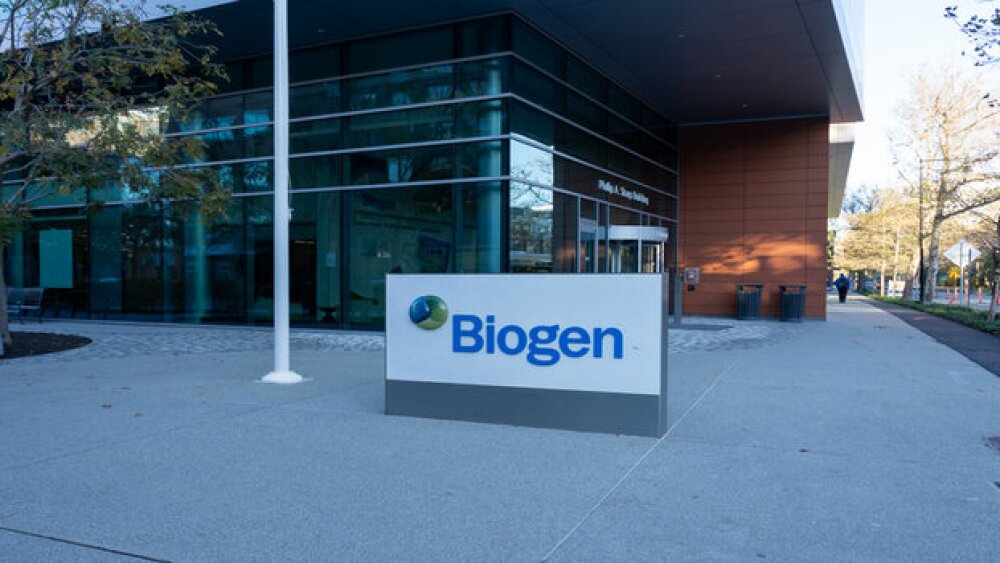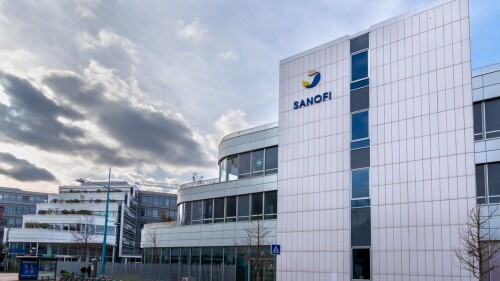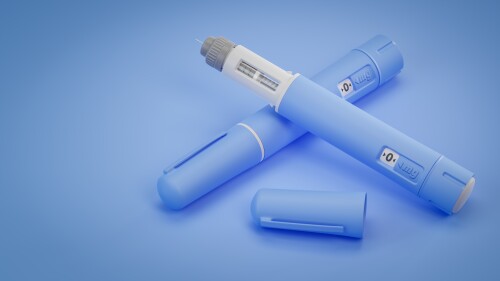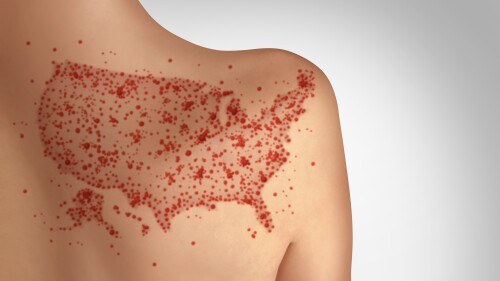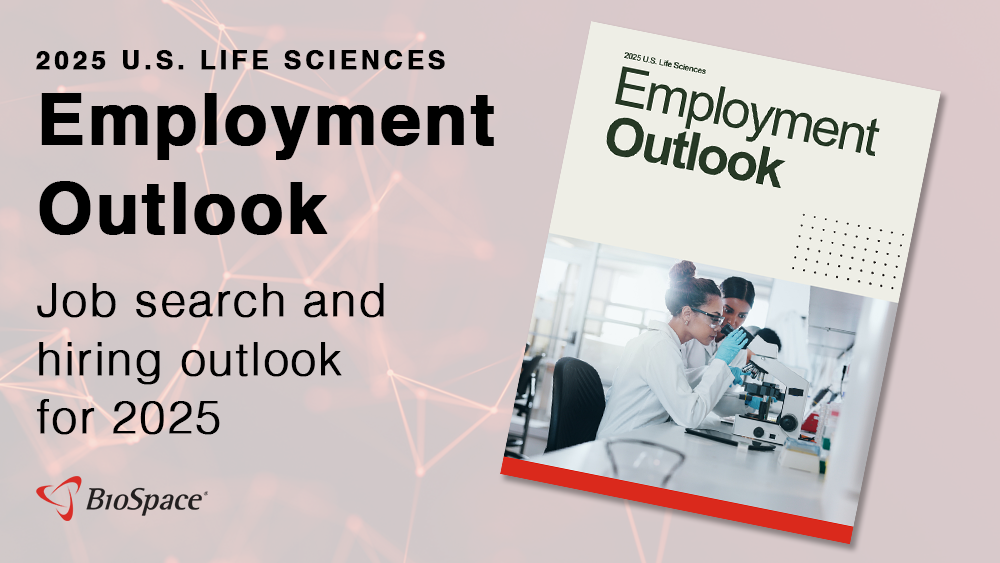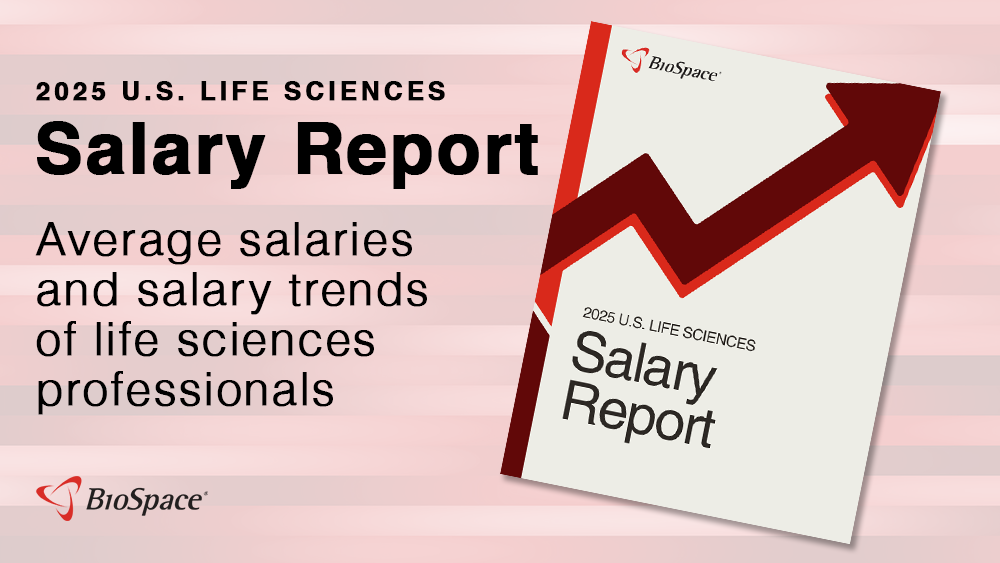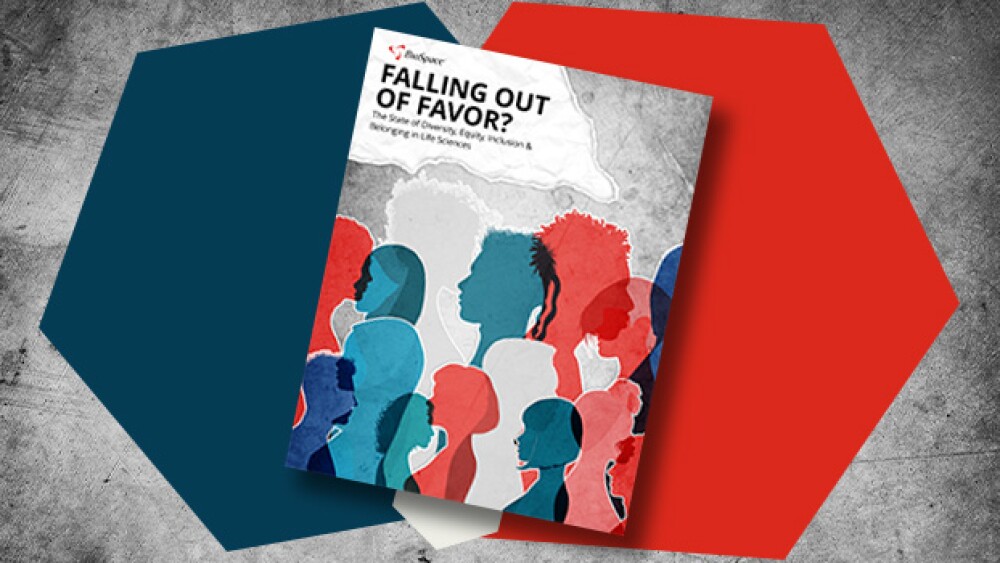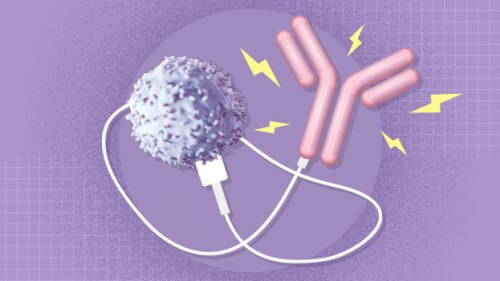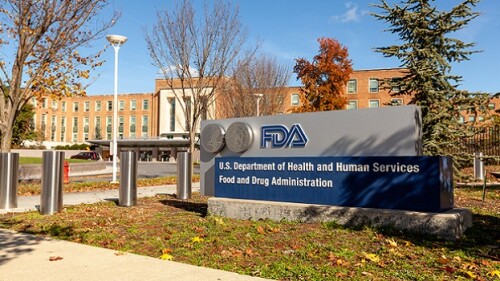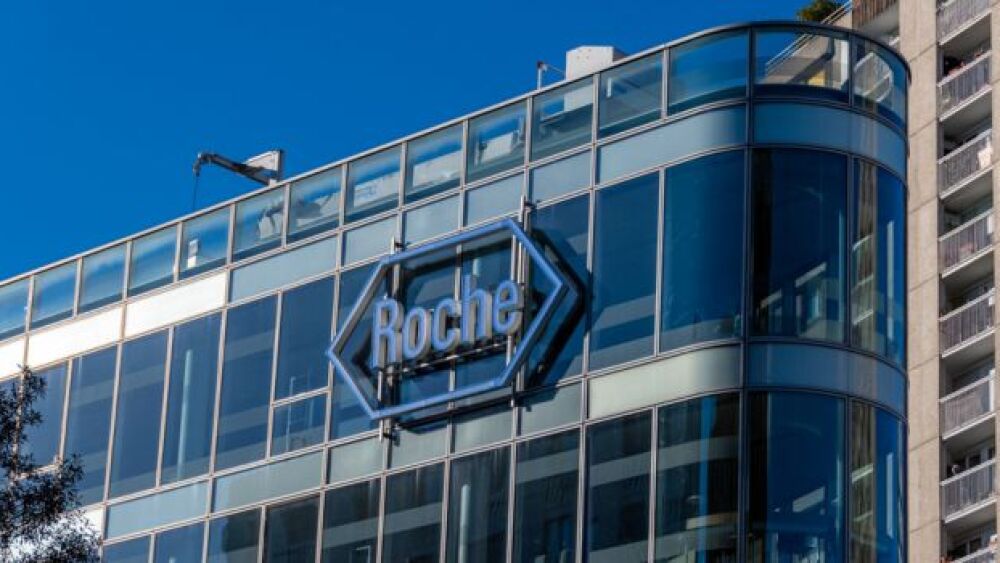The multi-billion, multi-year investment comes as many of GSK’s pharma peers pull away from the U.K., either suspending or completely canceling previous commitments.
The White House is clamping down on pharma’s ability to buy new molecules from Chinese biotechs; Sanofi, Merck and others abandon the U.K. after the introduction of a sizeable levy; Novo CEO Maziar Mike Doustdar lays off 9,000 while the company presents new data at EASD; Capsida loses a patient in a gene therapy trial; and CDER Director George Tidmarsh walks back comments on FDA adcomms.
This manufacturing site in Richmond, Virginia, is the first of four projects that Eli Lilly plans to reveal this year as part of a $27 billion U.S. investment announced earlier this year.
The over-representation of males and Hispanic patients in Eli Lilly’s Phase III ATTAIN-1 study could explain why orforglipron “underperformed” expectations in a previous readout, according to analysts at BMO Capital Markets.
OLN324 targets both VEGF and Ang2, the same mechanism of action as Roche’s Vabysmo, the Swiss giant’s multi-blockbuster treatment for wet macular degeneration and diabetic macular edema.
The world of healthcare is evolving to more predictive care and patients are taking greater control—a trend already emerging around GLP-1 weight loss treatments. As PwC warns, pharma will need to be ready.
FEATURED STORIES
Disruptive conditions are typical in non-Western markets. The U.S. industry, thrown into a period of significant change as the Trump administration overhauls HHS and considers implementing tariffs, could learn a thing or two by looking overseas.
Like they say about the weather in Iceland, if you don’t like an action taken by the new administration, wait five minutes; it’ll probably change. The markets, it seems, don’t react kindly to that kind of policymaking.
Analysts have had to throw out their assumptions for the biopharma industry’s recovery heading into the first quarter earnings period given the ongoing tariff drama.
Johnson & Johnson’s Joaquin Duato is no longer the highest paid CEO in pharma. Meanwhile, just two women make the top 10.
AI is enabling the development of a next generation of drugs that can more precisely target cancer cells while sparing healthy tissues.
After the gutting of the Department of Health and Human Services, fears mount about the future direction of the FDA—with regulatory experts predicting delays in drug approvals and greater influence of political appointees.
LATEST PODCASTS
In this episode, Lori and guests continue their exploratory discussion on AI and focus on the challenges of globalization and return on investment.
New revelations from the showdown between Novo Nordisk’s CEO and Bernie Sanders’ Senate health committee Tuesday; PhRMA’s legal victory in IRA case; the federal interest rate cut and anticipated approval for schizophrenia.
Infusions of Vertex and CRISPR Therapeutics’ Casgevy and bluebird bio’s Lyfgenia have begun; Moderna targets 10 approvals through 2027; more oral obesity drug data; the latest from ESMO and more.
Job Trends
Detailed positive results from the DESTINY-Breast06 Phase III trial showed that ENHERTU® demonstrated a statistically significant and clinically meaningful improvement in progression-free survival compared to standard-of-care chemotherapy in patients with HR-positive, HER2-low metastatic breast cancer and the overall trial population following one or more lines of endocrine therapy.
Subscribe to Genepool
Subscribe to BioSpace’s flagship publication including top headlines, special editions and life sciences’ most important breaking news
SPECIAL EDITIONS
In this deep dive, BioSpace investigates China’s rise as a biotech powerhouse.
In this deep dive, BioSpace explores the next big thing in obesity.
BioSpace did a deep dive into biopharma female executives who navigated difficult markets to lead their companies to high-value exits.
DEALS
-
Biogen touted strong Q3 sales of its Alzheimer’s drug Leqembi a day after announcing a deal worth up to $1.45 billion with Neomorph to discover and develop molecular glue degraders.
-
Pfizer, Sanofi and others report Q3 beats; AbbVie, Roche and Novartis strike big deals; the 2024 presidential election looms; and BioSpace takes a look back at 10 years of NextGen, our annual pick of young biotechs to watch.
-
BioSpace has been compiling a list of the most innovative and exciting biotechs for a decade. Here we take a look back at noteworthy companies from each of those lists.
-
Sanofi will sell a 50% controlling stake in consumer healthcare unit Opella to private equity firm CD&R, with the French government taking a stake as well to ensure the business remains in the county.
-
European CDMO Ardena will buy Catalent’s oral solids manufacturing facility in Somerset, N.J.
WEIGHT LOSS
-
Biopharma executives were busy Monday, striking high-value deals and providing updates on cancer, obesity and vaccine pipelines.
-
Obesity continues to grab attention at the J.P. Morgan Healthcare Conference in San Francisco, with both Pfizer and Kailera Therapeutics outlining their plans in the space moving forward.
-
Metsera will use its IPO proceeds to fund the Phase III development of its injectable, ultra-long-acting GLP-1 therapy MET-097i, which last week achieved 11.3% weight loss in a Phase IIa study.
-
The company’s lead asset is a potentially first-in-class oral GLP-1 receptor agonist that has the potential to be dosed weekly, which according to CEO Khurem Farooq can help improve accessibility and affordability.
-
According to BMO Capital Markets, Medicare coverage of Lilly’s Zepbound opens the door to using secondary indications to secure CMS coverage for obesity drugs.
POLICY
-
The Most Favored Nation order is unlikely to deliver broad, sustained savings without triggering legal challenges, administrative friction and unintended consequences for both the healthcare sector and patient access.
-
In a year when eradicated diseases are on the uptick in America, how will American children survive RFK Jr.’s vaccine scrutiny and inconsistency? Two experts call on pharma and regulatory bodies to rebuild trust.
-
While sparking excitement among biopharma companies focused on rare and ultrarare indications, experts say FDA Commissioner Marty Makary’s proposal is light on details and raises potential concerns about safety, access and liability.
-
While the Trump administration has painted the jettisoning of staff and regulations as good for business, there are multiple reasons it’s unlikely to work out that way.
-
At a sometimes-contentious U.S. Senate hearing, the Health and Human Services secretary was evasive on the rationale behind cuts being made to the department and his endorsement of the measles vaccine amid a rapidly growing outbreak.
BioSpace spoke with industry experts to find out the differences between working in pharma and biotech and how to know if a pharma company is right for you.
According to a survey by CareerBuilder, 23% of hiring managers spend less than 30 seconds reading a resume. Make the most of those seconds with these five tips to make your resume stand out.
We spoke with Alison Senkovich O’Sullivan, Senior Director of Human Resources at Athersys, about how to ace an interview and what candidates can do to prepare.
BioSpace spoke with Annick Deschoolmeester, Head of Human Resources at Pharvaris, about some of the ways she’s noticed small companies differ from large ones.
We sat down with Associate Director of Talent Acquisition Jennifer Metivier and Chief People Officer Jennifer Peterson of Obsidian Therapeutics to discuss what type of candidates they prefer.
If you’re considering a career change from pharma to biotech, you’ll be happy to hear that according to industry experts, the transition is more common than you might think.
HOTBEDS
REPORTS
In this Employment Outlook report, BioSpace explores current workforce sentiment, job activity trends and the prospective job and hiring outlook for 2025, particularly as it compares to the previous year.
BioSpace’s third report on diversity, equity, inclusion and belonging in life sciences examines dramatic shifts in attitude around diversity initiatives.
CANCER
-
At the heart of the deal is the drug candidate dordaviprone, which is months away from a regulatory verdict for its use in H3 K27M-mutated diffuse glioma.
-
Pfizer reacts to Donald Trump’s tariff threats on big pharma, another regulatory meeting is canceled under RFK Jr., AbbVie and Eli Lilly strike mid-sized deals in obesity and molecular glues, priority review vouchers set to take a hit and immuno-oncology matures.
-
Merck’s Keytruda holds on to the top spot while AbbVie’s Humira—once the world’s top-selling drug—continues to cede its market share to biosimilar competitors.
-
The approval for the first-line treatment of esophageal squamous cell carcinoma comes shortly after a label expansion for the drug in gastric and gastroesophageal cancers as BeiGene also pushes forward a pipeline of novel cancer therapies.
-
The partners are pushing to expand Enhertu’s list of indications beyond its standing uses in breast, lung and gastric cancers.
NEUROSCIENCE
-
The U.S. Court of Federal Claims ruled that Vanda cannot claim a breach of confidentiality for specifications that it did not develop itself.
-
Cebranopadol, a dual-NMR agonist, reached the primary endpoint in a Phase III trial and matched placebo for safety, a significant concern in the analgesic field.
-
Spravato’s monotherapy nod on Tuesday comes after a series of setbacks in the depression space.
-
The FDA is putting Atara’s active Investigational New Drug applications on hold due to manufacturing concerns at a third-party provider while releasing Amylyx’s investigational ALS therapy from a previous pause.
-
Computational research conducted by scientists from Washington University in St. Louis shows that GLP-1 agonists can have mental and cognitive health benefits but may also harm the kidneys and pancreas.
CELL AND GENE THERAPY
-
In a deal expected to close in Q1 2025, Roche will gain access to Poseida’s off-the-shelf CAR T candidates.
-
By mid-2025, the biotech will split into two entities: a new, as-yet-unnamed innovative medicines specialist and a cell therapy company, the latter of which will inherit the Galapagos name.
-
BioSpace presents 25 noteworthy biopharma startups in ’25; analysts forecast stronger M&A as the J.P. Morgan Healthcare Conference kicks off next week; GLP-1s continue to expand their reach as Novo, Lilly fight against compounders; and a look ahead to five key FDA decisions in Q1.
-
From ADCs and radiopharmaceuticals to cell and gene therapies, eager young startups are betting on advances in biopharma’s most competitive therapeutic spaces—and attracting dollars from Big Pharma.
-
Sangamo is on course to run out of money within months and has now lost access to up to $220 million in milestone payments from Pfizer.

